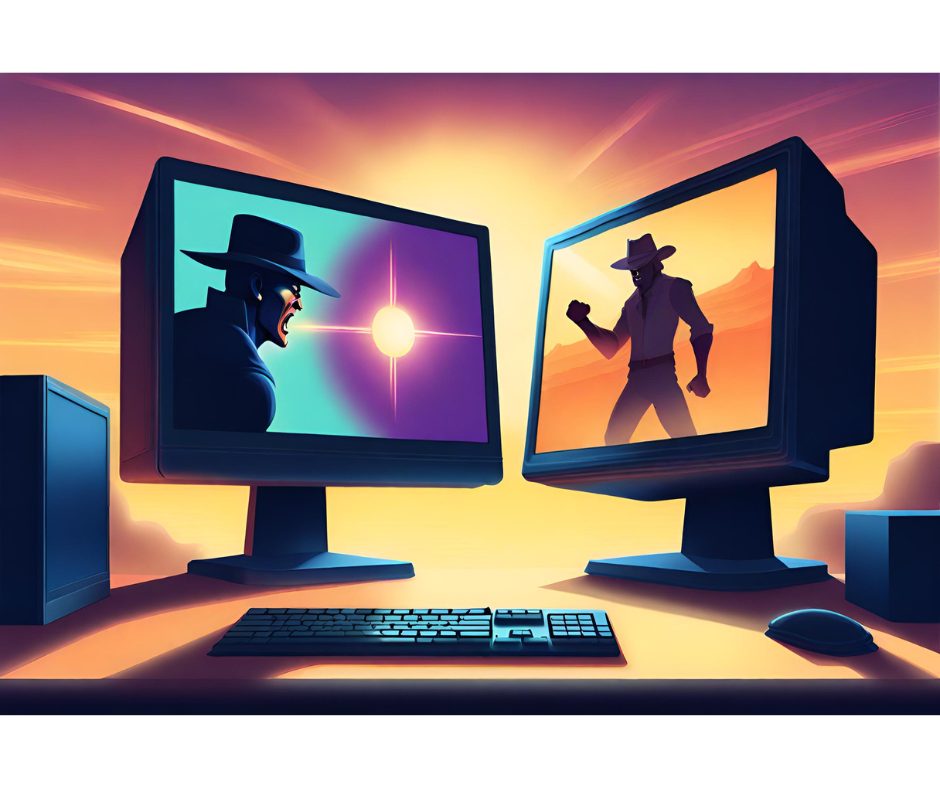If you are a 60Hz or lower refresh monitor user, you need a 144Hz or a 240Hz monitor. Gamers who made the switch say returning to a 60Hz display is impossible. Users cannot experience highly smooth gaming frame rates on a simple monitor. As a user, if you do choose to enter the realm of high refresh rate gaming monitors, which one should you go for? 144Hz vs 240Hz.
We will explore the differences between the 144Hz and 240Hz monitors while considering other equally important factors that can enhance your gaming experience. Ultimately, we will mention the best 144Hz and 240Hz gaming monitors in 2024. So, let’s start with the basics.
Understanding Refresh Rate
Refresh is simply the number of times the screen changes in a second. If the monitor receives information for a new screen faster than it can display, it will cause a screen to stutter, which can be a crucial drawback in gaming. Manufacturers mention the refresh rate in hertz (Hz). The higher the refresh rate, the better.
Why Refresh Rate Matters?
We can easily compare the refresh rate to a flipbook. The faster you flip the pages, the smoother the video looks. An office or corporate worker would notice smoother mouse movement and better scrolling with a high refresh rate. A noticeable difference in high frames per second for videos and games is also observable with gaming monitors.
Why Does Refresh Rate Matter for Gaming?
Refresh rate plays a vital role in gaming. A high refresh rate in gaming means more information per second on the display. Competitive gamers need to make split-second decisions. If they do not see a person move smoothly, they cannot judge their position and move crosshairs properly.
Gamers who play Fortnite, Call of Duty, Counter-Strike, and R6 need a high refresh rate monitor to perform at their best. Fast movements can cause blurring in low refresh rate monitors, whereas high refresh rate monitors look smooth.
60Hz vs. 144Hz vs. 240Hz: A Visual Comparison
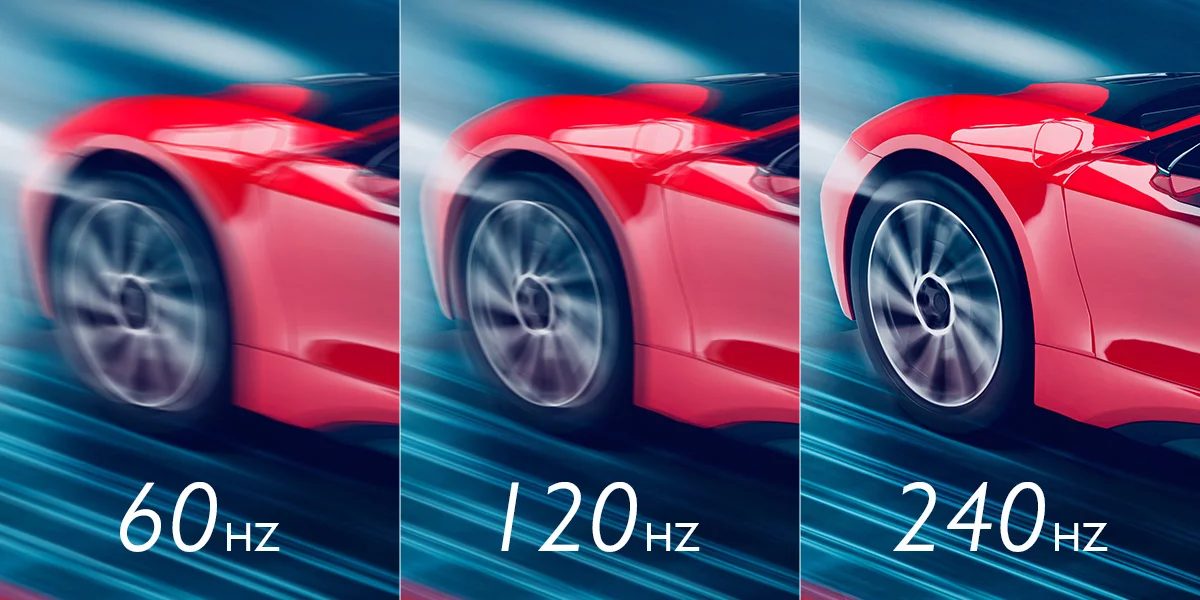
The Advantages of 240Hz Monitors
240Hz gaming monitors are the top-of-the-line best gaming monitors money can buy. Their prices are coming down and becoming available for many consumers. Let’s see what are the significant advantages of a 240Hz monitor:
Ultra-Smooth Gameplay
The 240Hz monitor promises ultra-smooth gameplay that no gamer has ever experienced before. It drastically improves the in-game performance by removing any potential stuttering or ghosting effect. Moving cross-hair will not lead to visual distortion of the field. Fast-paced games like Fortnite and PUBG can fully utilize its capabilities.
Butter-Like Frame Rates
If your graphic card can push high-frame rates, but the monitor cannot display them simultaneously, it means your monitor is the bottleneck. 240Hz monitors are high enough to work on most modern graphics cards. The graphic card must push frame rates higher than 240fps to enjoy the butter-like frame rates fully.
Future-Proofing Your Setup
Any gamer who uses an RTX 4090 graphics card still cannot manage 1440p resolution with 240+ frames per second. It’s because most AAA games are graphic card intensive. Buying a 240Hz monitor is still equivalent to future-proofing your system. Graphics cards are still growing and need years beyond 240fps at high resolutions.
Beyond Refresh Rate: Other Factors to Consider
Monitor Size
Monitor size is also a vital factor in monitor selection. A high 240Hz monitor with a 27” or higher size is not feasible. Graphics cards are not powerful enough to display large resolutions to avoid pixelated graphics on large screens. There are AI upscaling technologies, but they are not suitable for competitive gaming. A 24” 240Hz monitor is best for gaming as it has a decent size for immersion, and a graphics card from 2024 onwards can support it.
Panel Technology (TN vs. IPS vs. VA)
For competitive games, the TN panel is the best type of monitor. It provides a response time that is unparalleled by any other panel technology. However, casual gamers might require higher color accuracy, where IPS panels take the crown. It’s a matter of personal preference.
Response Time
The determination of response time depends on the monitor’s refresh rate, panel technology, display protocol, and various other factors. A lower response time monitor is best for competitive gaming.
Resolution
A high-resolution monitor can cause trouble for the computer hardware as it requires more resources to process pixels. We recommend going for a monitor that is either 1080p or 1440p, as they are the resolutions best suited for a high refresh rate gaming monitor.
G-Sync vs. FreeSync
Sometimes, the computer sends a signal, and the monitor is in the process of the last one. It can lead to screen tearing or stuttering. The solution to this is G-Sync by Nvidia and FreeSync by AMD, which ensure the frames from GPU and refresh rate of the monitor overlap. Most monitors support FreeSync, and Nvidia graphics cards can also work with FreeSync. At the same time, Nvidia G-Sync works with limited, pricier monitors.
The Best 144Hz Gaming Monitors in 2024 (250)
The 144Hz category is best for budget-friendliness and is relevant to today’s hardware. The 144Hz gaming monitors are smooth and provide the necessary response rate for high-end gaming performance. If you are a gamer who makes a living through selling PUBG, Call of Duty, or Fortnite game accounts, then 144Hz is the perfect start to your career. Most gaming professionals still utilize 144Hz gaming screens to compete.
Budget-Friendly: DELL 24” Curved Gaming Monitor (S2422HG)
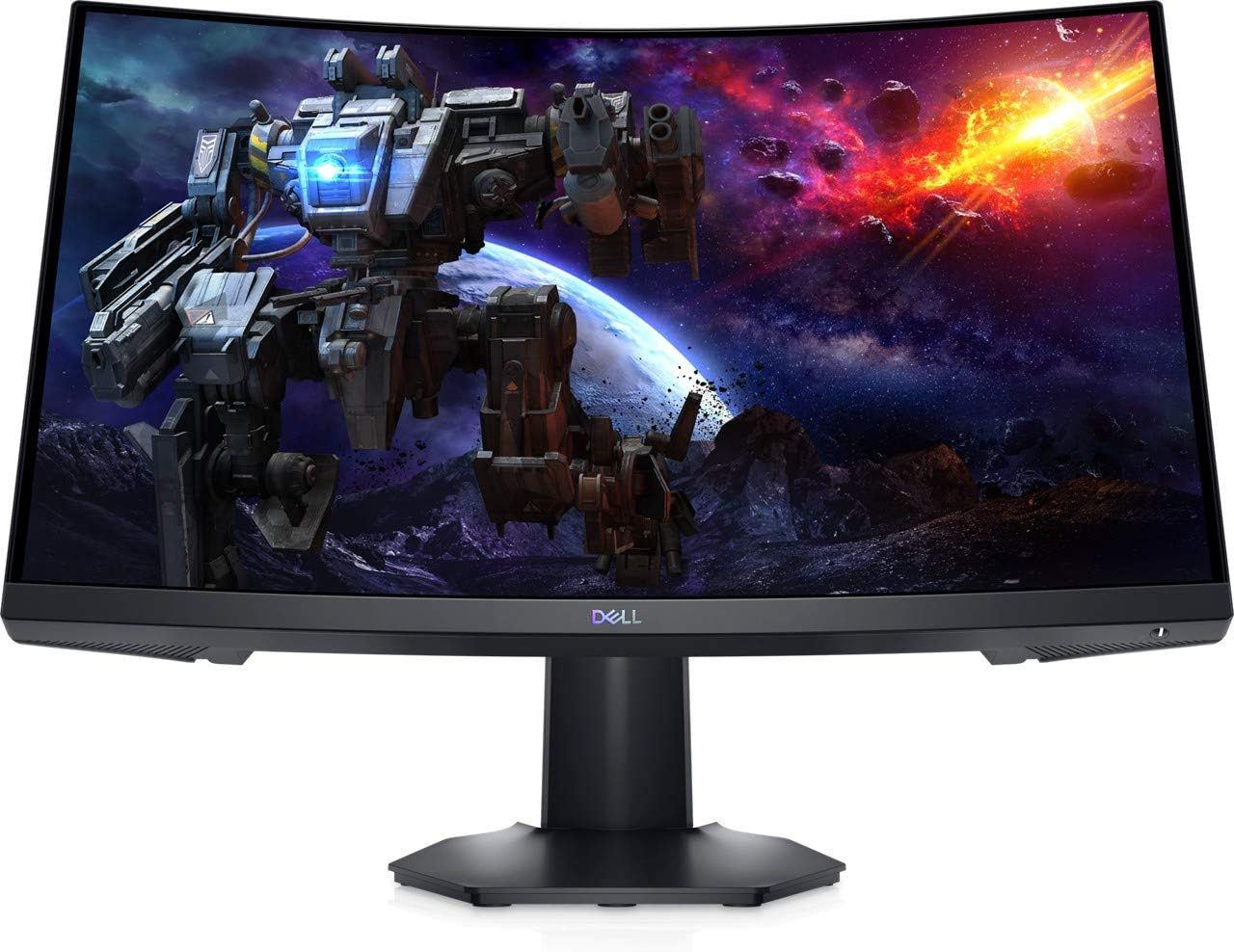
SPECS
Screen Size: 24”
Resolution: 1080p
Panel Type: VA
Input: HDMI 2.0 and DP 1.2
DELL 24” Curved Gaming Monitor (S2422HG) is the best budget-friendly monitor with stable performance and a gorgeous balanced VA panel. The colors are accurate, and the monitor shows deep black. The menu is accessible using the joystick at the back of the monitor and reaches refresh rates up to 165Hz. However, there are no built-in speakers or USB pass-through. It does feature a 3.5mm jack for gaming headphones.
Best Overall: ASUS TUF 23.6″ Curved Monitor (VG24VQE)
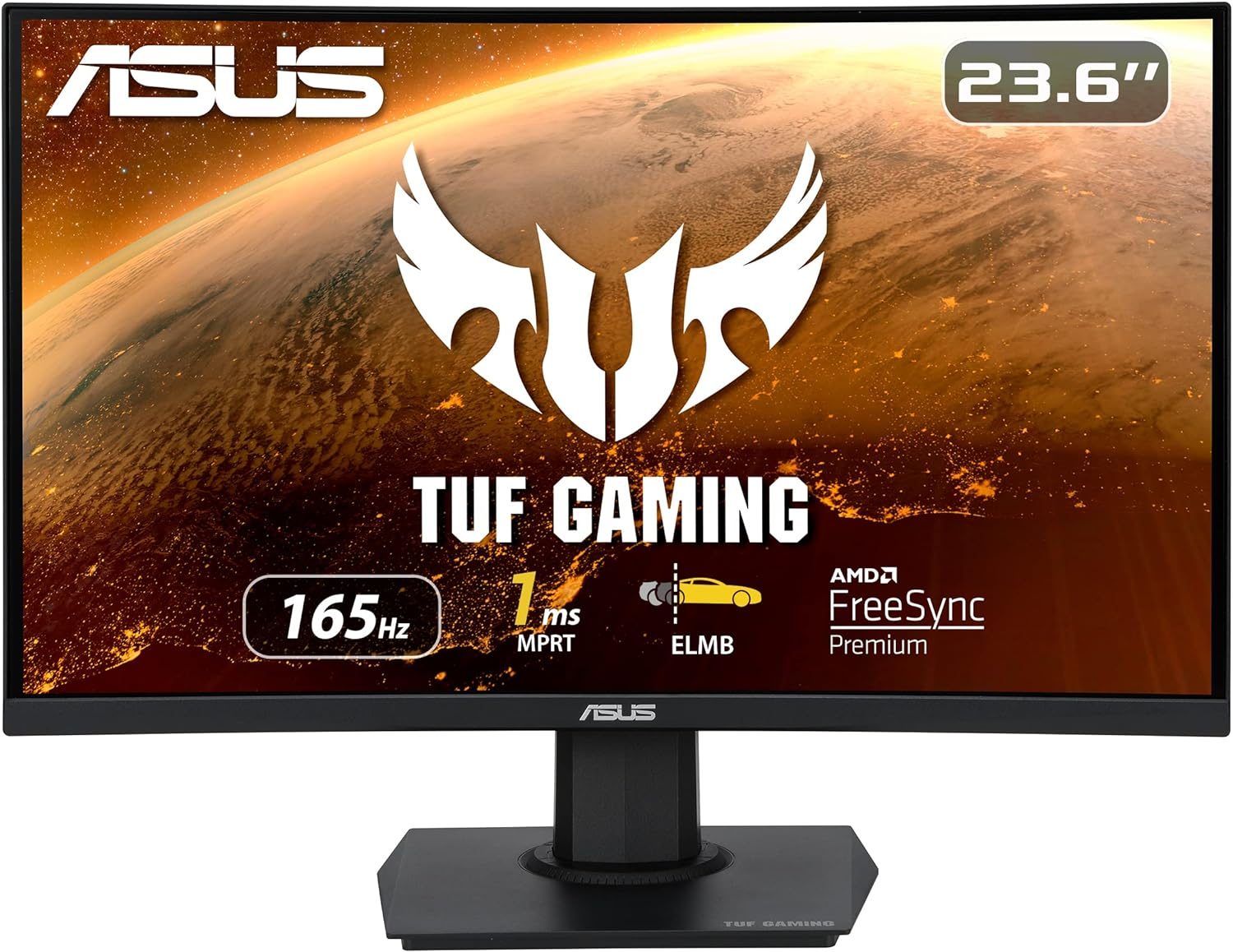
SPECS
Screen Size: 24”
Resolution: 1080p
Panel Type: VA
Input: HDMI 1.4 and DP 1.2
Asus is well-versed in making high-performance gaming products. Their ASUS TUF 23.6″ Curved Monitor (VG24VQE) offers gaming-oriented features like shadow boost, where gamers can enhance the spotting of enemies lurking in the shadows. It also has an Extreme Low Motion Blur (ELMB) feature that boosts the monitor to a 1ms MPRT response rate, leading to a crisp display under motion.
The Best 240Hz Gaming Monitors in 2024
240Hz is the best premium and within reach of an average man. They are widely available, and professional gamers prefer them under any circumstances. They offer excellent smoothness, with low blurring, stuttering, or tearing. Here are our two best picks from the 240Hz gaming monitor category.
Value Pick: Sceptre 24.5” Curved Monitor (C255B-FWT240)
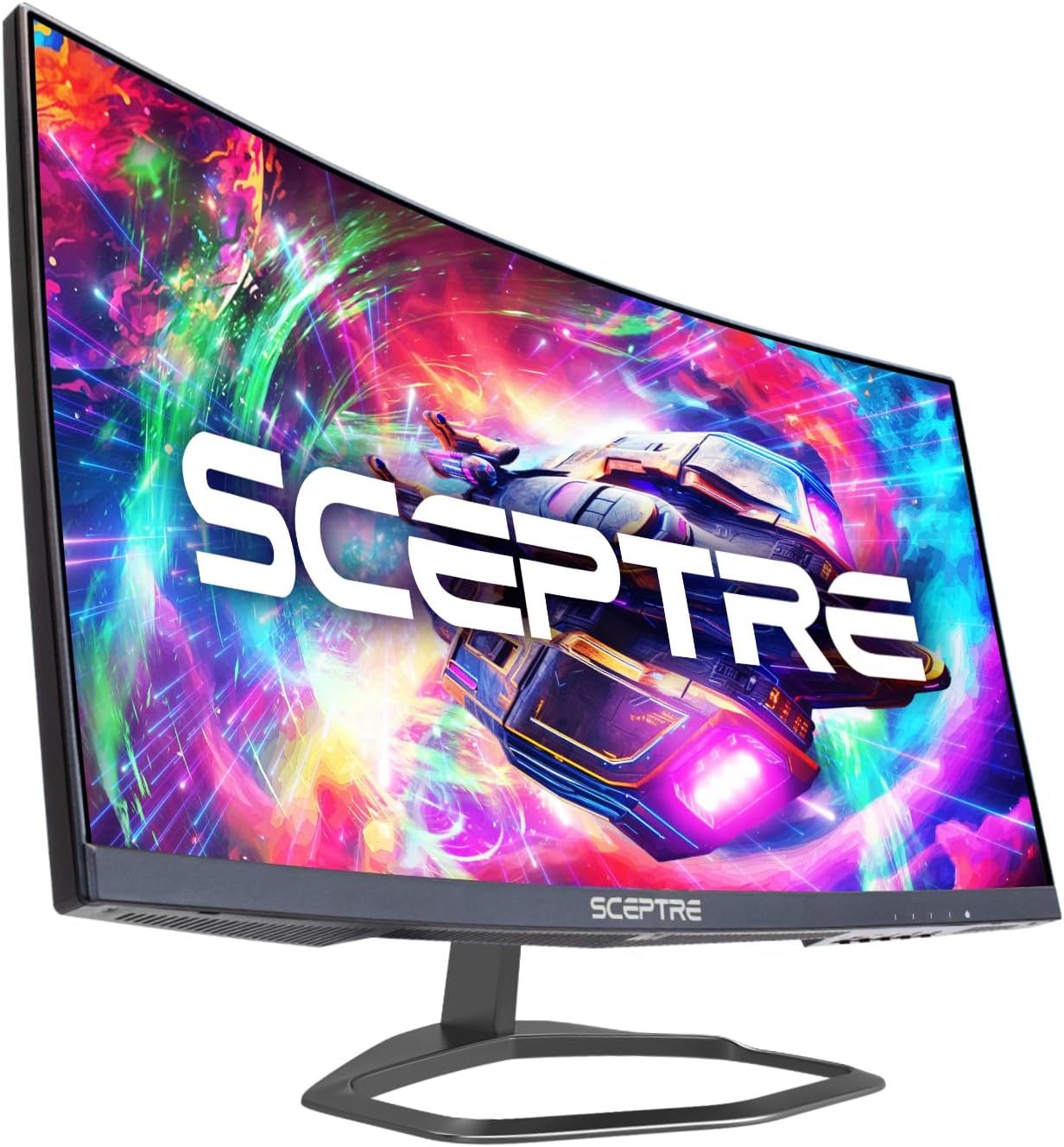
SPECS
Screen Size: 24”
Resolution: 1080p
Panel Type: VA
Input: 2 x HDMI 2.0 and 2 x DP 1.4
As a gamer who wants to experience 240Hz smoothness, there is no better choice than the Sceptre 24.5” Curved Monitor (C255B-FWT240). It has a 1500R curve radius, ensuring the visible color when the monitor is up close remains the same throughout the edges. It has features like 4 input ports, built-in speakers, and a blue light shift. The value of the Sceptre high refresh rate gaming monitor is exceptional.
Ultimate Experience: Samsung 49″ Odyssey OLED G9 (G95SC)
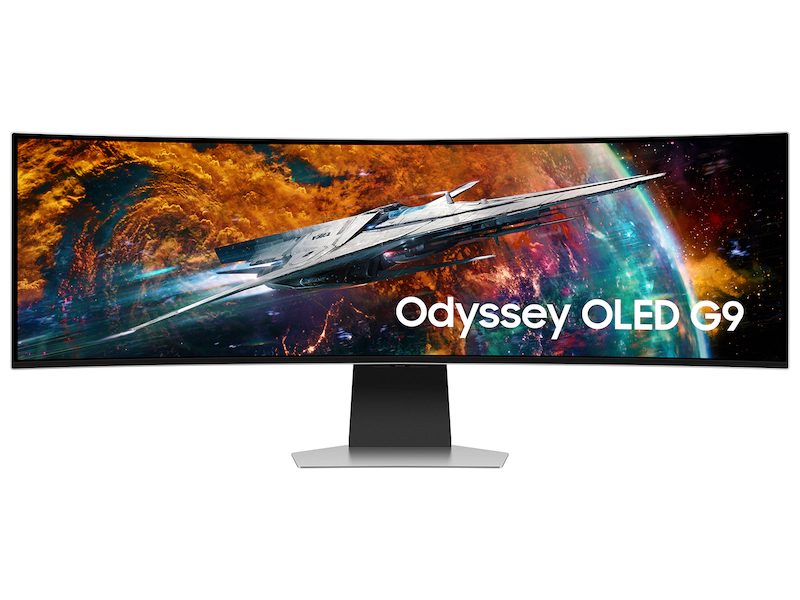
SPECS
Screen Size: 49”
Resolution: 5120 x 1440 pixels
Panel Type: OLED
Input: Wireless Display, HDMI 2.1, DP 1.4, Micro HDMI
Considering you have an ultimate budget for a gaming experience. In that case, the Samsung 49” Odyssey OLED G9 (G95SC) is the best premium high refresh rate monitor that money can buy. It features an ultra-wide 49” screen that offers a mere 0.03ms(GTG) response time. It uses Quantum-dot color technology to produce 99% (CIE1976) of the DCI coverage color gamut. It comes with a USB 3.0 connection, built-in speakers, and an 1800R curved screen to give you the immersive experience that every gamer craves.
Conclusion: 144Hz vs. 240Hz: Which One is Right for You?
Considering all the options, we still recommend 144Hz for entry-level pro gamers starting their careers by buying or selling R6 accounts on trusted marketplaces like Eldorado. However, if you want to go overboard and make a future-proof gaming rig, 240Hz is the way to go, considering current graphics can barely push 240Hz above 1080p resolution on modern AAA games.
Competitive games are light on the graphic card, and users can still enjoy 240Hz refresh rate on games like Fortnite, Rainbow Six Siege, and PUBG. We hope you found value in our guide and found the perfect gaming monitor for your gaming setup.



